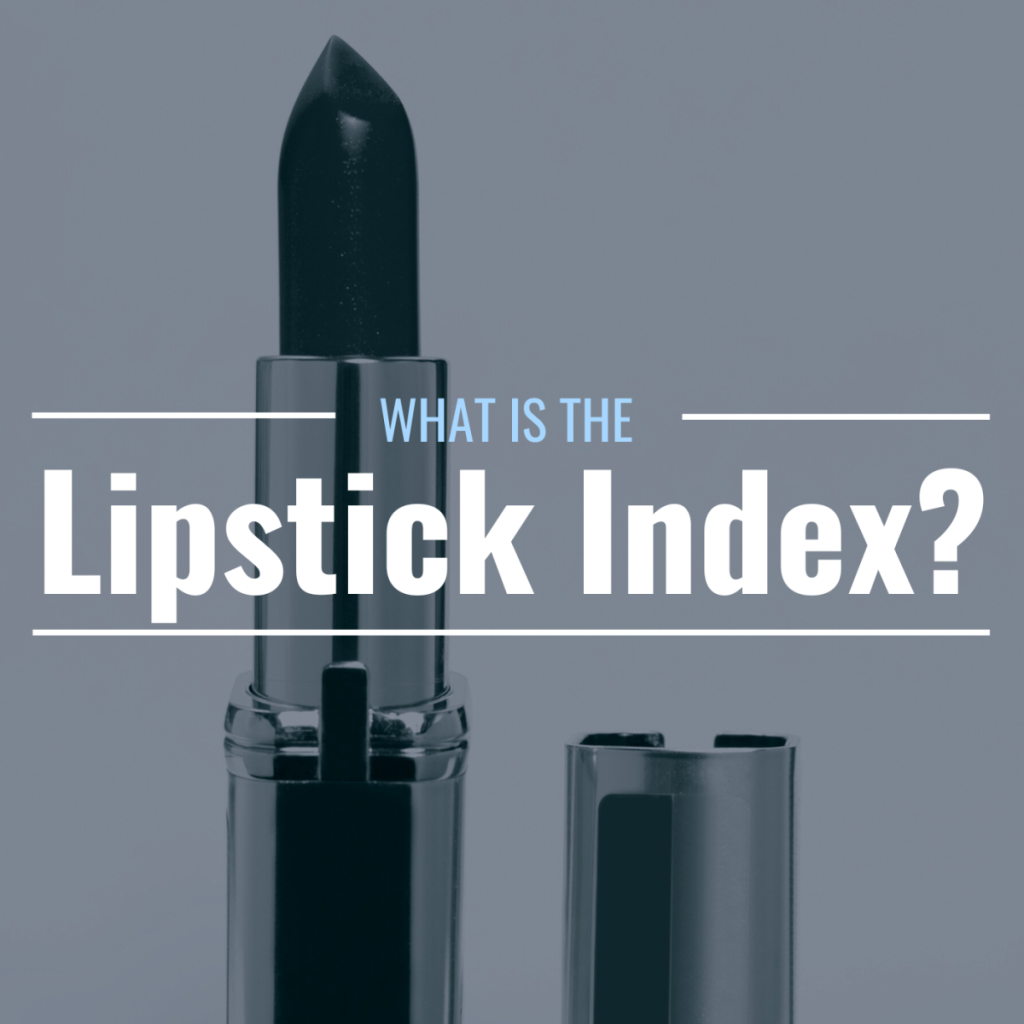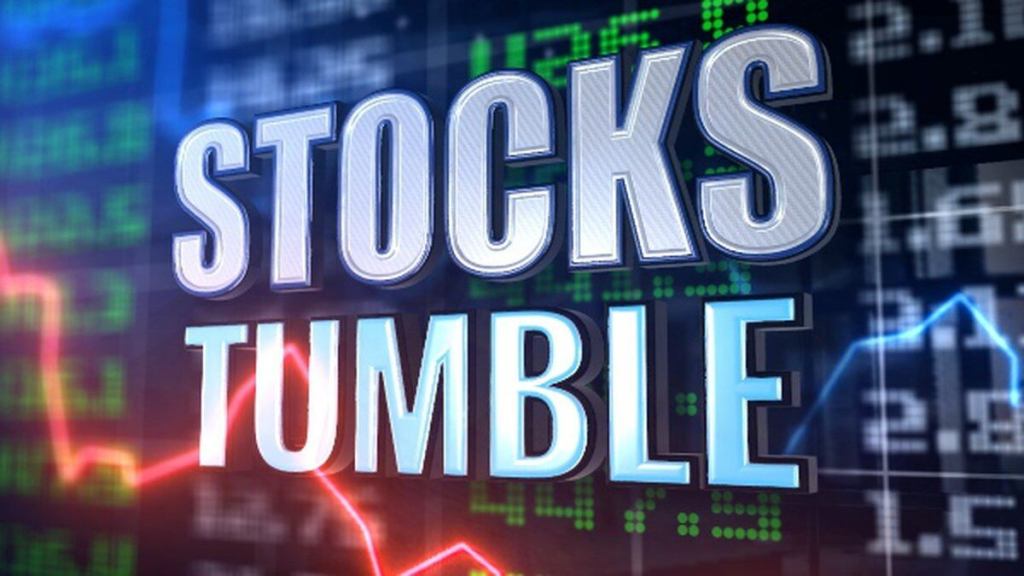By Staff Reporters
SPONSOR: http://www.CertifiedMedicalPlanner.org
***

***
DEFINITION: According to Wikipedia, the lipstick index is a term coined by Leonard Lauder, chairman of the board of Estee Lauder, used to describe increased sales of cosmetics during the early 2000s recession. Lauder made the claim that lipstick sales could be an economic indicator, in that purchases of cosmetics – lipstick in particular – tend to be inversely correlated to economic health. The speculation was that women substitute lipstick for more expensive purchases like dresses and shoes in times of economic distress.
Lauder identified the Lipstick index as sales across the Estee Lauder family of brands. Subsequent recessions, including the late-2000s recession, provided controverting evidence to Lauder’s claims, as sales have actually fallen with reduced economic activity. Conversely, lipstick sales have experienced growth during periods of increased economic activity. As a result, the lipstick index has been discredited as an economic indicator. The increased sales of cosmetics in 2001 has since been attributed to increased interest in celebrity-designed cosmetics brands.
In the 2010s, many media outlets reported that with the rise of nail art as fad in the English-speaking countries and as far afield as Japan and the Philippines, nail-polish had replaced lipstick as the main affordable indulgence for women in place of bags and shoes during recession, leading to talk of a Nail Polish index. Similar sentiment was noted during the coronavirus pandemic, when the mandated use of face masks to prevent the spread of the disease resulted in an increase of eye makeup purchases, suggesting a Mascara index.
CITE: https://www.r2library.com/Resource
***
Now, decades after former Estée Lauder chairman Leonard Lauder first recognized the infamous “lipstick index”—the idea that cosmetics sales hold steady and sometimes spike during economic downturns—the same company posted a relatively downbeat earnings report.
Currently, the economy’s not great, but not abysmal, which makes for two possible interpretations of Estée Lauder’s latest report: Either the economy’s better than it seems, or the lipstick index was always a bit off.
The cosmetics giant reported declining sales figures, while weakening its full-year forecast. “For full-year fiscal 2023, we delivered organic sales growth and prestige beauty share gains in many developed and emerging markets, but Asia travel retail pressured results, particularly in skin care, and we continued to experience softness in North America,” the report said.
***
Waffle House Index: https://medicalexecutivepost.com/2022/10/08/what-is-the-waffle-house-index/
COMMENTS APPRECIATED
Thank You
***
***
- Book Offerings:
- Business of Medical Practice [Transformational Health 2.0 Skills for Doctors]
- Comprehensive Financial Planning Strategies for Doctors and Advisors [Best Practices from Leading Certified Medical Planners™]
- Financial Management Strategies for Hospitals [Tools, Techniques, Checklists and Case Studies]
- Financial Planning Handbook For Physicians and Advisors
- Hospitals & Healthcare Organizations [Management Strategies, Operational Techniques, Tools, Templates, and Case Studies]
- Insurance and Risk Management Strategies for Physicians and Advisors
- Risk Management, Liability Insurance, and Asset Protection Strategies for Doctor and Advisors [Best Practices from Leading Consultants and Certified Medical Planners™]
***
Filed under: "Ask-an-Advisor", Career Development, CMP Program, Experts Invited, Glossary Terms, Health Economics, Interviews, Op-Editorials, Sponsors | Tagged: cosmetics, Estee Lauder, Lipstick Index, Mascara Index, Nail Polish Index, Waffle House Index | Leave a comment »



















